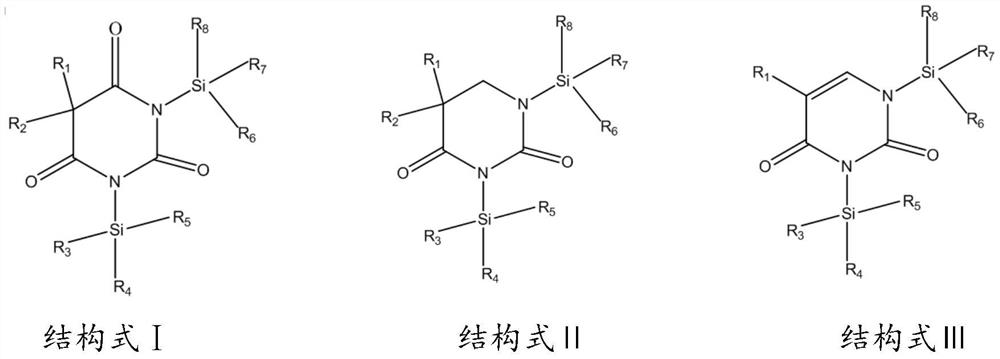Non-aqueous electrolyte and secondary battery thereof
A non-aqueous electrolyte, non-aqueous technology, used in secondary batteries, circuits, electrical components, etc., can solve the problems of destroying the formation of the interface film, deteriorating battery performance, affecting the electrochemical performance of secondary batteries, etc.
- Summary
- Abstract
- Description
- Claims
- Application Information
AI Technical Summary
Problems solved by technology
Method used
Image
Examples
Embodiment 1
[0018] (1) Preparation of non-aqueous electrolyte for secondary battery: in a nitrogen-filled glove box (O 2 2 O2 2 O<3ppm), slowly add 12.5g lithium hexafluorophosphate into the mixed solution, and after mixing uniformly, the secondary battery non-aqueous electrolyte is prepared.
[0019] (2) Preparation of positive electrode: LiNi ternary material LiNi cobalt manganese oxide 0.8 Mn 0.1 Co 0.1 O 2 , The binder PVDF and the conductive agent SuperP are mixed uniformly in a mass ratio of 98:1:1 to make a certain viscosity of the secondary battery positive electrode slurry. After the mixed slurry is coated on both sides of the aluminum foil, it is dried and rolled. Then the positive electrode sheet is obtained.
[0020] (3) Preparation of negative electrode: make slurry with artificial graphite and conductive agent SuperP, thickener CMC, and binder SBR (styrene-butadiene rubber emulsion) in a mass ratio of 97:1:1:1, and mix them evenly. After coating both sides of the copper...
PUM
 Login to View More
Login to View More Abstract
Description
Claims
Application Information
 Login to View More
Login to View More - R&D Engineer
- R&D Manager
- IP Professional
- Industry Leading Data Capabilities
- Powerful AI technology
- Patent DNA Extraction
Browse by: Latest US Patents, China's latest patents, Technical Efficacy Thesaurus, Application Domain, Technology Topic, Popular Technical Reports.
© 2024 PatSnap. All rights reserved.Legal|Privacy policy|Modern Slavery Act Transparency Statement|Sitemap|About US| Contact US: help@patsnap.com










